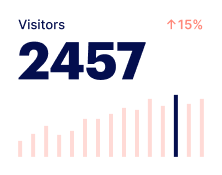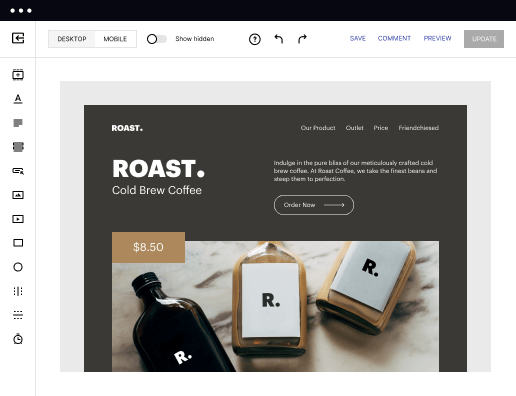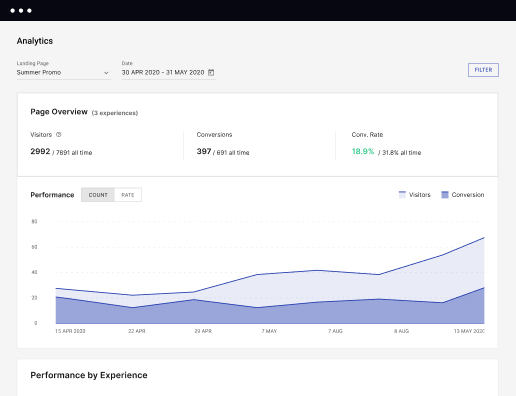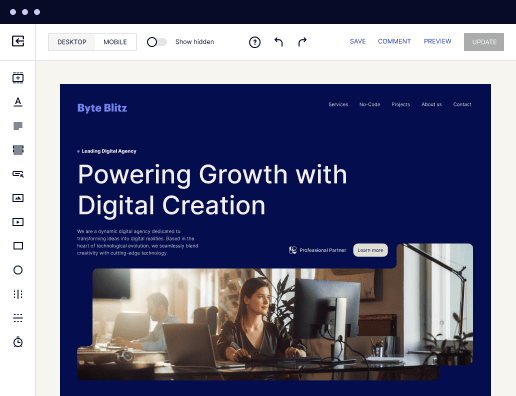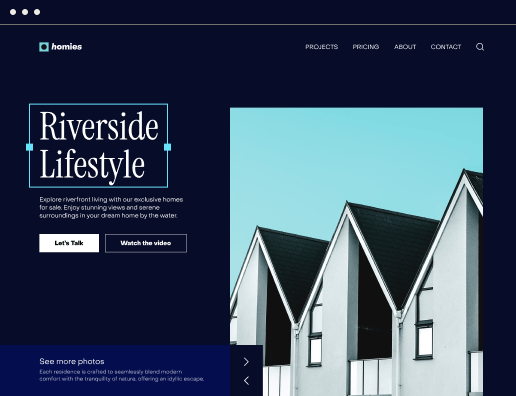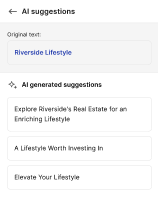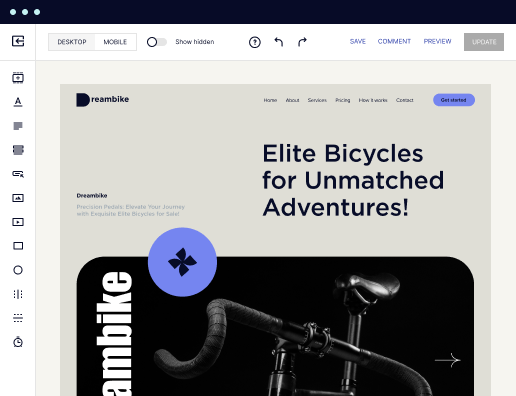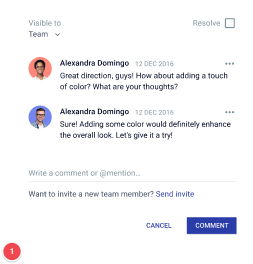Make your profile settings page designed for Windows Server
Instapage empowers you to reduce costs, increase conversions, and deliver meaningful experiences on Windows Server.
A step-by-step guide to building your profile settings page on Windows Server
Creating your profile settings page on Windows Server is crucial for managing user settings and preferences effectively. Leveraging Instapage's platform can streamline this process, allowing you to quickly develop landing pages that are both engaging and user-friendly, boosting brand trust and customer loyalty.
Understanding the Fundamentals of Build Your Profile Settings Page
A profile settings page allows users to manage their account details seamlessly. Understanding the structure and functionalities is essential. This guide will walk you through not only the creation of a settings page but also optimizing it for conversions using Instapage's dynamic tools.
- Identify user needs: Understanding what information is crucial for users helps in presenting a focused layout.
- Design with purpose: Use Instapage’s 100+ layouts to create a visually appealing page that enhances user experience.
- Incorporate personalization: Tailor experiences for different user segments using dynamic content capabilities.
Step 1: Plan Your Page Structure
Start by sketching out how you want the profile settings page to look. Key considerations include easy navigation and accessibility. Below are essential components to include:
- User Information Section: Capture and display essential details like name and email.
- Settings Options: Allow users to manage notification preferences and privacy settings.
- Save and Cancel Buttons: Ensure changes can be saved without confusion.
Step 2: Utilize Instapage's Features
Once the structure is planned, it’s time to implement it using Instapage. This platform allows you to create without any coding knowledge, providing a simple drag-and-drop interface. Utilize the following tools:
- Instablocks: Use these reusable blocks to expedite the design process.
- A/B Testing: Analyze performance metrics to determine which elements need tweaking.
- Heatmaps: Understand where users are engaging most on your page.
Step 3: Optimize for Performance
After building your page, ensure it’s optimized to yield maximum conversions. Consider the following tips:
- Personalize Content: Tailor messages based on user data to enhance relevance.
- Analytics Dashboard: Utilize built-in analytics to monitor page performance.
- Collaboration Tools: Share the page with stakeholders for feedback and make necessary adjustments.
By structuring and optimizing your profile settings page effectively, you enhance user experience, increasing both trust and engagement.
Get started with Instapage today to create not just a profile settings page but a holistic web experience that elevates your brand!
Get more out of Build your profile settings page on Windows Server
Improve your Quality Score with quick load technology for landing pages
Increase conversions with content that aligns with your ads and audiences
Achieve maximum ROI by scaling your marketing initiatives
Leading the way in building high-performing landing pages





FAQs
See how to build your profile settings page on windows server in action
Ready to skyrocket conversions?
Supercharge your ad campaigns with high-performing landing pages.
Get started
